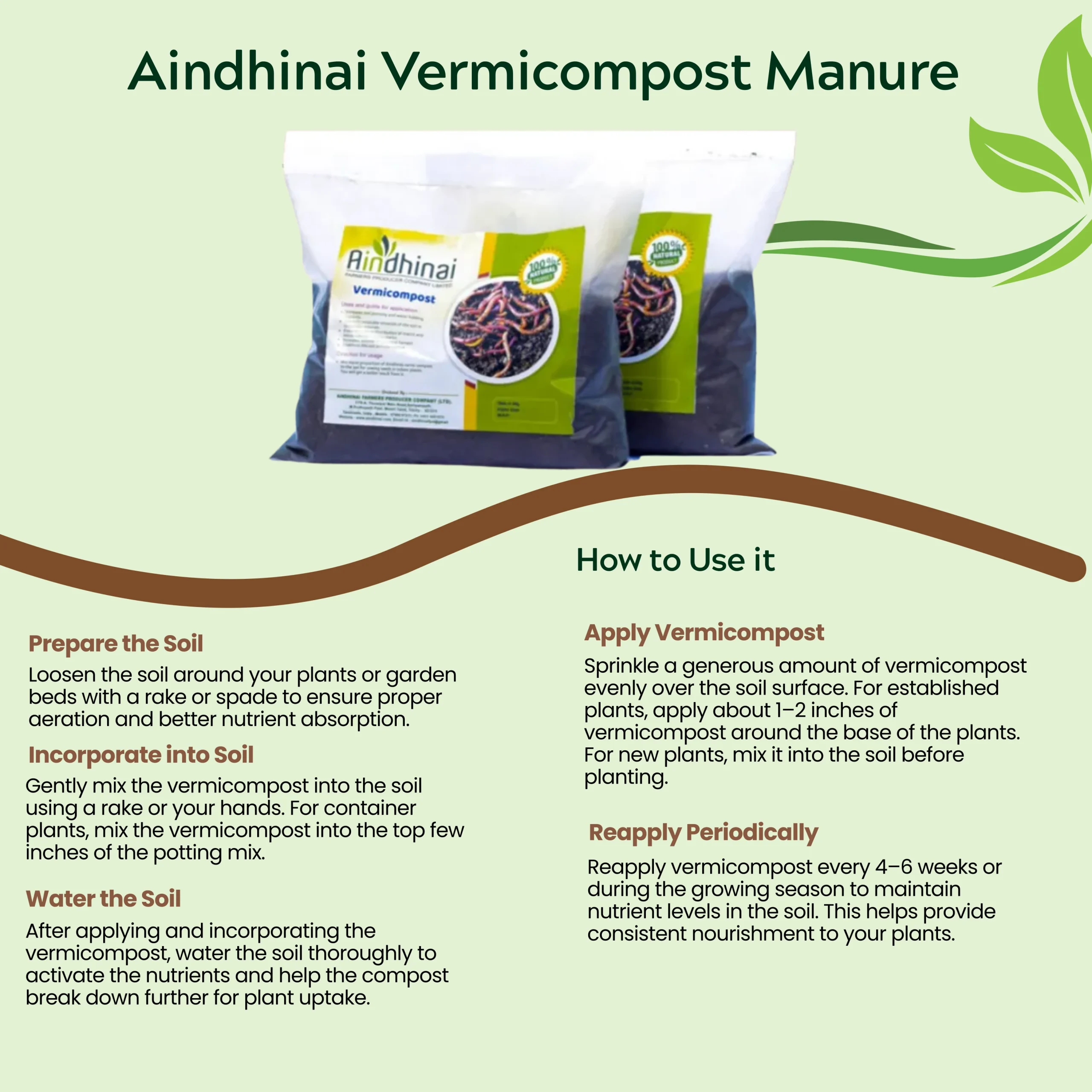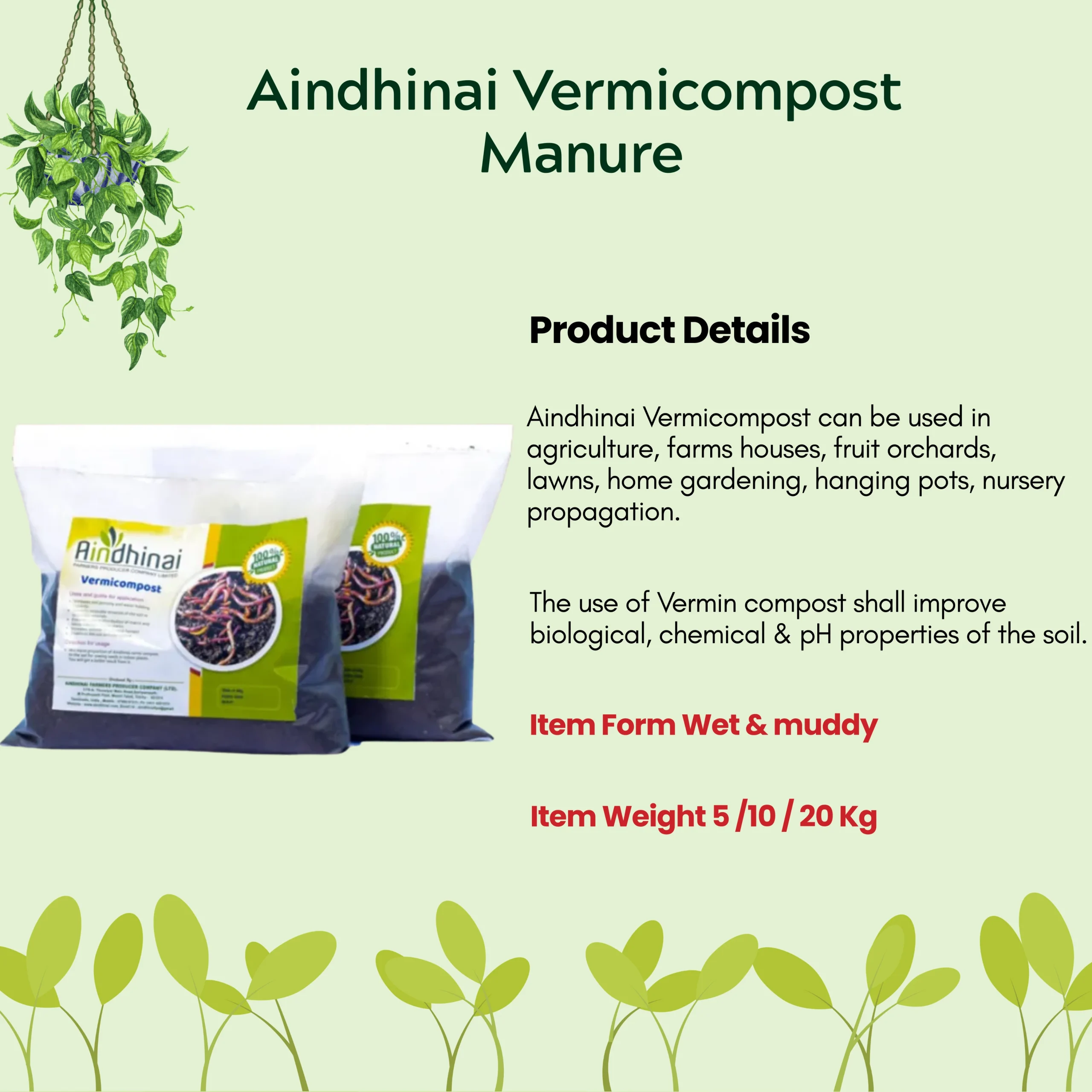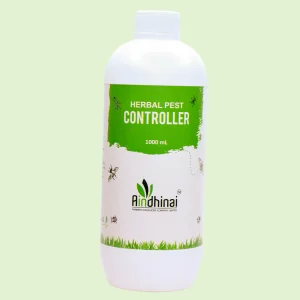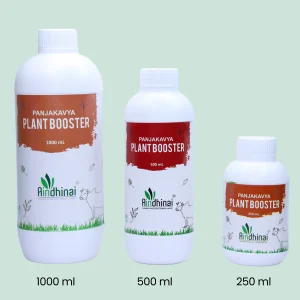How to Use it
- Prepare the Soil
Loosen the soil around your plants or garden beds with a rake or spade to ensure proper aeration and better nutrient absorption. - Apply Vermicompost
Sprinkle a generous amount of vermicompost evenly over the soil surface. For established plants, apply about 1–2 inches of vermicompost around the base of the plants. For new plants, mix it into the soil before planting. - Incorporate into Soil
Gently mix the vermicompost into the soil using a rake or your hands. For container plants, mix the vermicompost into the top few inches of the potting mix. - Water the Soil
After applying and incorporating the vermicompost, water the soil thoroughly to activate the nutrients and help the compost break down further for plant uptake. - Reapply Periodically
Reapply vermicompost every 4–6 weeks or during the growing season to maintain nutrient levels in the soil. This helps provide consistent nourishment to your plants.
Key Benefits
- Rich in Nutrients – Vermicompost is packed with essential nutrients like nitrogen, phosphorus, potassium, and trace minerals, which support healthy plant growth and improve soil fertility.
- Improves Soil Structure – It enhances soil aeration, water retention, and drainage, promoting better root development and overall plant health.
- Eco-Friendly & Sustainable – Made from organic waste materials processed by earthworms, vermicomposting reduces landfill waste and provides a natural, chemical-free fertilizer.
- Boosts Microbial Activity – The high microbial content in vermicompost helps enhance soil biology, encouraging beneficial bacteria and fungi that promote plant health.
- Enhances Plant Growth & Yield – Plants grown with vermicompost tend to be more vigorous, with stronger root systems, better resistance to pests and diseases, and higher crop yields.






Reviews
There are no reviews yet.